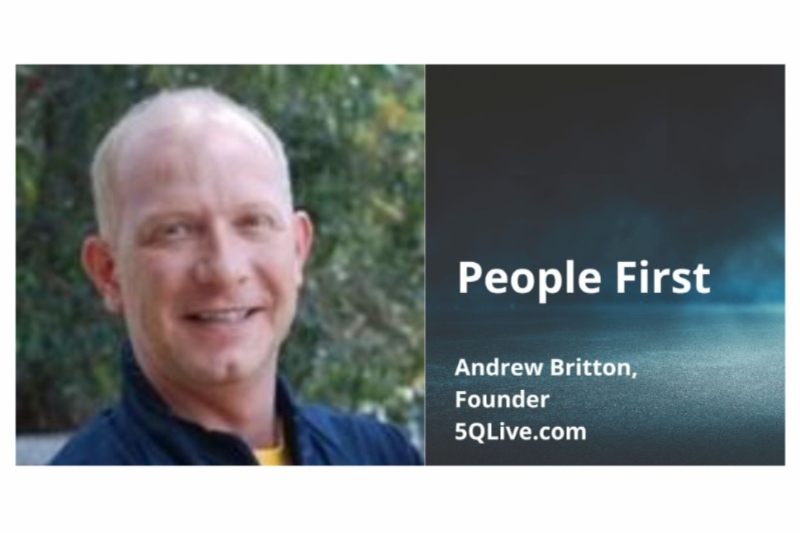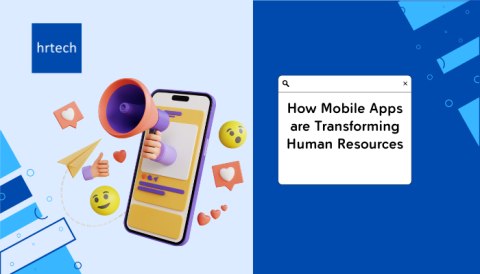People are complicated, on all sides of the equation .. Too complicated for an algorithm as all variables on all sides are constantly changing, especially when building a team of different skills, personalities, and points of view

You want to buy a jacket – a blue one. It needs to be broad across the shoulders, have two vents at the back, have three inside pockets, lapels that are not too wide and shiny brass buttons. And you’ve decided to buy it online – it’s cheaper than going to the shops, after all.
You browse, find photos of the perfect garment, hit the credit card button and voilà, job done.
A few days later it’s delivered, but there is a problem: it’s not really the shade of blue that you wanted; the buttons are fake-looking – not real brass – and there are too many; the label says it’s a 40” chest but in fact it’s slightly on the large size and it just doesn’t feel right. It breaks your heart to admit it but it’s simply wrong. Do you send it back? Ask a tailor to make adjustments and dye it a different colour? Or make do, rationalising that while it doesn’t hit the mark, it’s “functional”?
Recruitment can be precisely the same experience.
University qualifications – check. Languages – check. Professional experience – check.Psychometric test – check. Salary expectations – check. All the boxes are ticked and then you discover that you’ve made the wrong hire.
ALGO-NIGHTMARES
Modern online recruitment tools are making similar mistakes, just ask Amazon. They spent millions of dollars and man hours building a recruitment algorithm that they then discovered was sexist and telling them to hire candidates who were all the same type. So they threw it out.
As anyone in the HR field knows, recruitment is about PEOPLE, and that’s what makes it highly complex. This hasn’t changed since Rokk recruited Kror to create a wheely-shaped thing in the Stone Age.
People are complicated, on all sides of the equation – both on the candidate side and the employer’s side. Too complicated for an algorithm as all variables on all sides are constantly changing, especially when building a team of different skills, personalities, and points of view. Add to these variables, business and economic environment, as well as company strategy and culture, and it becomes clearer how dynamic recruitment is.
So, what is the solution?
MAKING THE RIGHT HIRE
For over 25 years, I have been helping leading institutions to identify and make the right hires. My experience has covered virtually all geographies, levels, functions, product specialisations and cultures, and the conclusion I’ve come to is that – timing aside – it all comes down to “cultural fit”.
Each organisation, each business, each team, each hiring manager, each strategy, and each culture is UNIQUE.
And so is every candidate.
It is only by eye-balling one another that employers and candidates can make an intelligent evaluation of each other, and even then, there are thousands of other variables which might mean the hire doesn’t work.
Motivations, ambitions, aspirations, determination, EQ and CQ (to name a few key criteria) are virtually impossible to gauge from a black-and-white CV, an assessment or through an algorithm.
Written CVs, cognitive assessments, AI, machine learning, reference checking and so on all help but they do not ensure a successful hire. The real definition of success is hiring the person who fits with your values, your culture, your strategy and your team and has the skills you require. Bottom line: we’re all complicated — very complicated — and constantly changing.
We’ve all been in an interview situation, either on the candidate side or the hiring manager side, where almost instantly we know that this is not working – where there is a “wrong fit”. Conversely, we can quickly sense that a candidate might be “the right fit”. It usually only takes a few moments to make this instinctive call – 10 seconds, 30 seconds, five minutes at the most.
So how do you make that evaluation as quickly as possible in your recruitment process without going through face-to-face interviews — especially when you have little time, limited resources and budget, multiple stakeholders and a wide range of applicants (from overseas, referrals, through ad campaigns, job posting, social media and so on)?
EUREKA
Video interviewing (VI) is the solution
- First and foremost, you can “see” the candidate and start to gauge the fit
- VI uniquely fits whatever requirements you have (and however they may change)
- VI gives you first-hand access to start your evaluation (without scheduling issues)
- Your recruitment team can share their thoughts seamlessly
- It allows the candidate to shine (to demonstrate their “why”)
You would never make a hire without eyeballing a candidate, so whether it’s at the beginning, middle or end of your recruitment process, it’s time to let your talent shine and make smarter, faster and wiser candidate evaluations — with real brass buttons.
About the author:

Andrew Britton is the founder of 5QLive.com, a mobile friendly one-way and multi-party video interviewing platform which is built to be flexible enough to meet your needs whatever they may be. 5QLive offers simple subscriptions as well as tailor-made solutions for the widest range of clients (start-ups, SMEs, MNCs, recruitment agencies, and government departments) including white-labelling, full customisations and integration with HRMS/ATS/CRM.




